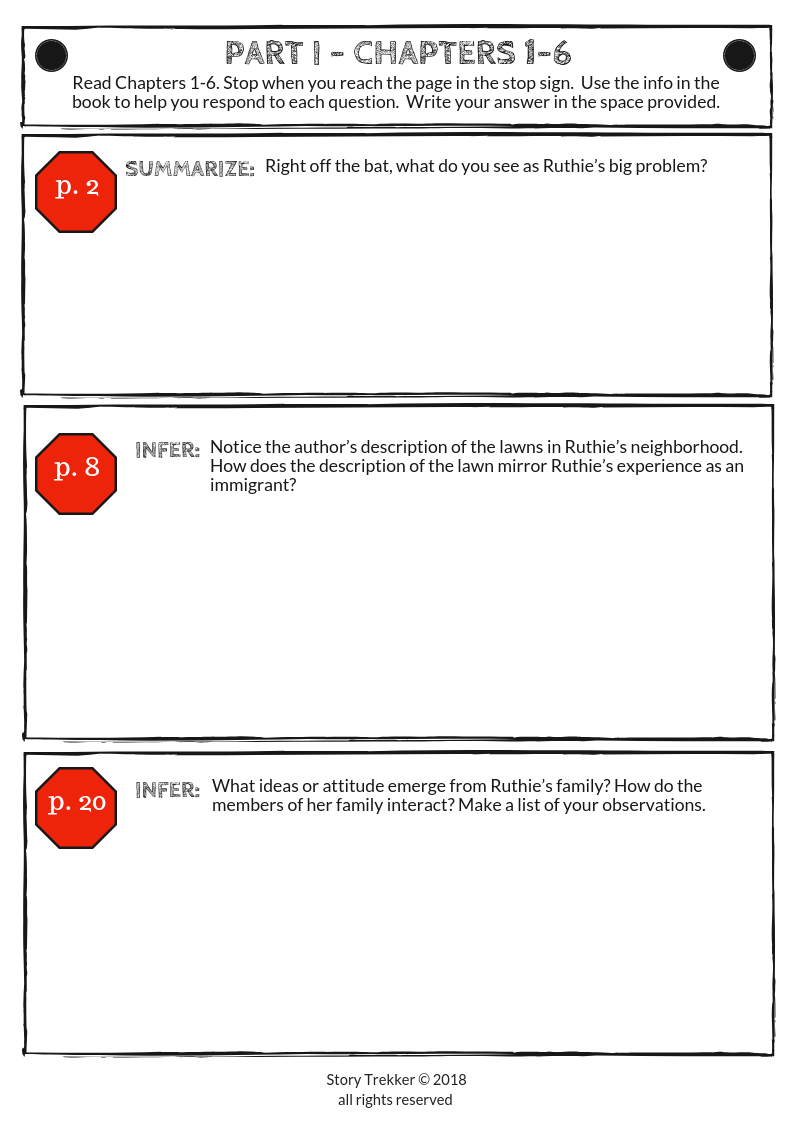
Ideally, by the time a kid reaches middle school, or at least the upper elementary grades, she/he reads and comprehends independently on grade level.
And a team of rainbow unicorns sweep into my home once a week, dusting, folding laundry, and cooking nutritious meals. Whatevs.
Obviously, a student's ability to read and comprehend grade-level material is not always what it should be. Despite targeted instruction, remediation, and individualized attention from skilled, devoted teachers, scores of tweens and teens flounder when it comes to "getting" what they read when it's not explicitly taught.
Couple this with the reality of differentiating instruction in a secondary classroom. It's tough. How can you possibly guide a struggling reader while letting stronger students soar?
Enter Reading Road Maps (dum, da, da - trumpets sounding, clouds parting, and angels descending).

I discovered Reading Road Maps years ago...maybe even during my ancient times at college; my feeble 40-something mind can't remember. A Reading Road Map essentially scaffolds a book for a kid. Using a road map is like reading along with a seasoned bookworm who points out the interesting or important parts of the book - the things that struggling readers may miss entirely.
A Reading Road Map calls the reader's attention to key events, characters, or even (dare I say, especially) inferences - the reading-between-the-lines stuff. It does this through questions or comments strategically set by a skilled reader prior to the student's experience with the text.
As if that weren't enough, a road map also integrates comprehension skills into a student's reading. By identifying and modeling the skill, the road map clues students into what's going on in the book, AND demonstrates how a specific skill (like predicting or summarizing) is used while reading. Mind blown. I know.

Reading Road Maps walk readers through the text of a novel, demonstrating comprehension strategies in action. They allow all students to read independently. They allow students to read at their respective paces; they allow kids to grow and gain confidence. They're an amazing tool for teachers to use in the classroom.
So are you using them? Stay tuned for next week's post. I'll go through a step-by-step tutorial on how to create these little gems. Once you being using them in your classroom, you'll wonder why you never used them before.
Until then, keep your eyes to the sky and your nose in a book!